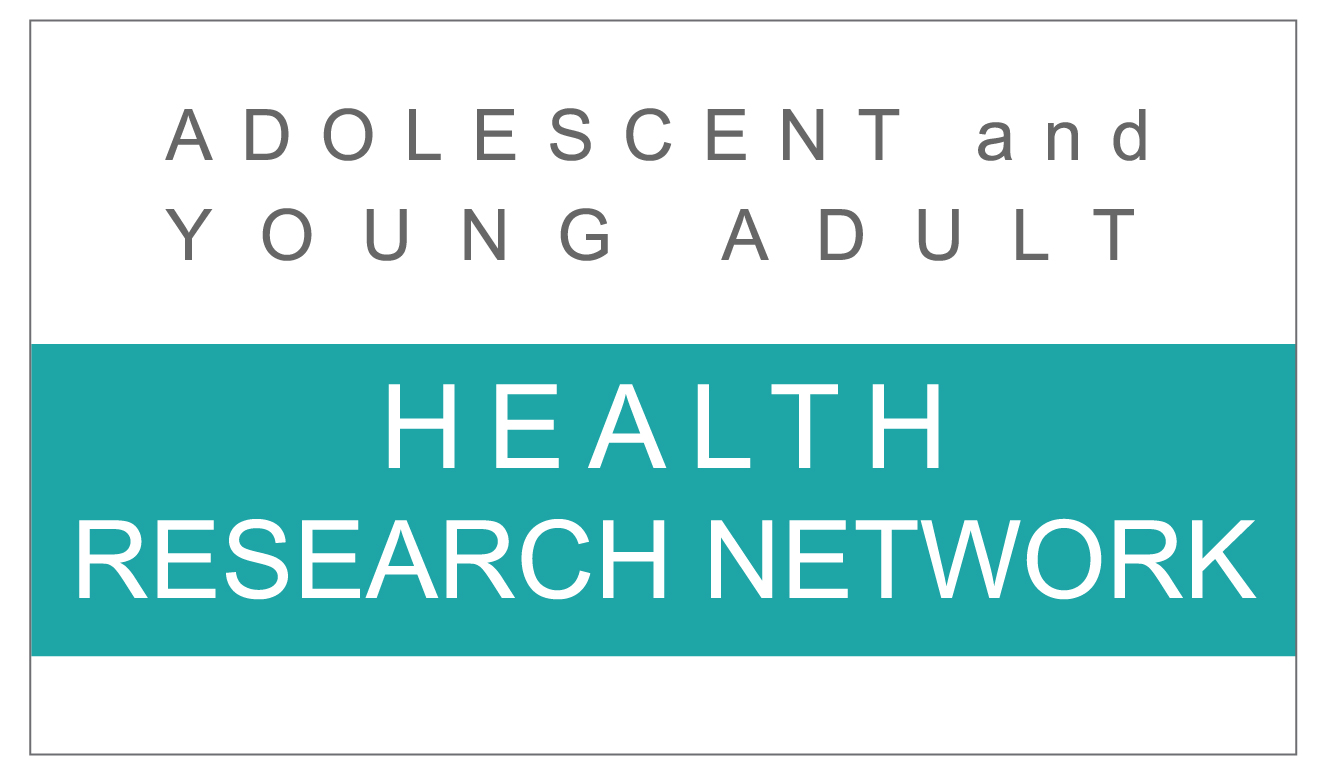Topic :: Classics & Frameworks
-
- This policy analysis, coauthored by NAHIC’s Claire Brindis, discusses school-based sex education for adolescents. It argues that policy makers should take a scientific approach by using developmental neuroscience to policies surrounding this matter. The authors suggest that developments in the field of neuroscience can be used to inform innovative approaches to sex education policy and practice.
-
- This report by NAHIC and Child Trends presents a research-based case for why adolescents need health care services. The report presents recommendations from leading medical authorities on what specific health care services adolescents need and how these services can best be provided. Data on the proportion of adolescents currently receiving needed services and an examination of the barriers preventing some…
-
- On April 25th The Lancet published its second series devoted exclusively to adolescent health. The series of articles make the case for a more holistic approach to adolescent medicine. Four papers explore the role of adolescence as a foundation for future health, the social determinants of adolescent health, the potential of the worldwide application of prevention science, and the current availability…
-
- This study examines the potential role of the health care system in the successful transition to young adulthood for all adolescents, with emphasis on adolescents with special health care needs (ASHCN). Research and conceptual frameworks addressing successful transitions and functioning were reviewed. Although most national efforts to define skills needed for the transition have focused on career/vocational skills, a few frameworks integrate broader issues such as health, psychosocial…
-
- Healthy People 2010 included a broader focus on adolescent health and included 21 Healthy People 2010 objectives, identified by a national panel as critical to adolescent and young adult health. These objectives span six areas: mortality, unintentional injury, violence, mental health and substance use, reproductive health, and the prevention of chronic disease during adulthood. NAHIC review progress on these objectives, as…
-
- This paper combines the conceptual and practical by: Offering a framework for assessing of health of adolescent sub-populations (e.g., such as rural and homeless/runaway youth); Describing the availability of data for these populations on priority indicators (see 21 Critical Health Objectives of Healthy People 2010.) through an extensive review of academic and government literature. Recommendations are offered to strengthen monitoring systems…
-
- This article reviews the overall health of adolescent males and discusses the issues we should focus on to improve male health. It is the second in a series of four adolescent male health columns authored by Jane Park and David Breland for the American Journal of Men’s Health. The article is available here: Park, M. J., & Breland, D. J.…
-
- This seminal article from 2006 introduced the health issues of young adults. Although key health issues of young adults parallel those of adolescents, young adults often fare worse on these health indicators, with many measures of negative outcomes—including rates of injury, homicide, and substance use—peaking during young adulthood. The article argues for a national health agenda for young adults that…
-
- This “classic” series provides foundational knowledge, historical background and practical suggestions to guide incorporation of positive measures into adolescent health assessments. NAHIC conducted a comprehensive analysis of positive youth development approaches and measures, leading to the three papers, based on work supported by the W.T. Grant Foundation. The first paper, Developing a Conceptual Model to Select Indicators for the Assessment…
-
- This was the presidential address at the SAM 2003 meeting focusing on the future of adolescent health. NAHIC Director Dr. Irwin reviews the history of the adolescent health field, presents a case for a positive view of adolescence, and makes recommendations for future research, policy and workforce training. Irwin C. E., Jr. (2003). Presidential Address: Adolescent health at the crossroads:…
 University of California San Francisco
University of California San Francisco


